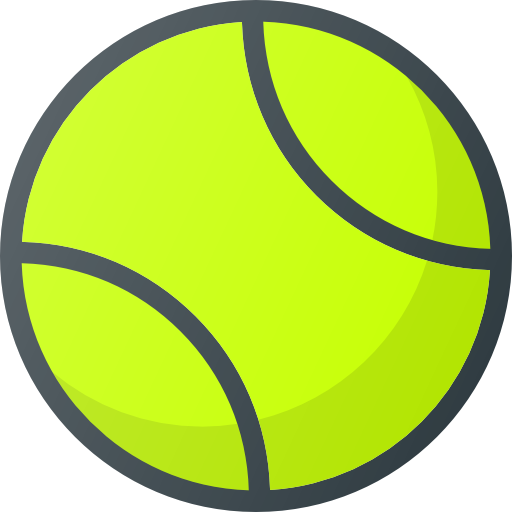Indoor vs. Outdoor Tennis Courts: Which Is Better?
Tennis, a sport enjoyed by millions worldwide, has two primary playing environments: indoor and outdoor courts. Each option presents unique advantages and challenges, influencing players’ experiences, performance, and the overall enjoyment of the game. As enthusiasts and serious players alike debate the merits of each, understanding the fundamental differences can assist in making an informed choice. This article delves deep into the pros and cons of indoor and outdoor tennis courts, alongside factors that can influence players’ preferences and experiences.
Understanding the Court Types
Indoor Tennis Courts
Indoor tennis courts are typically housed within facilities that provide shelter from weather conditions. They can be made from various surfaces, including hardwood, carpet, or synthetic materials, each affecting gameplay differently.
Outdoor Tennis Courts
Outdoor courts are subject to environmental conditions and are often made from materials such as clay, grass, or asphalt. These surfaces can significantly influence the play style and dynamics of the game.
Comparative Analysis
Weather Conditions
One of the most significant advantages of indoor courts is their insulation from weather. Rain, wind, and extreme temperatures can hinder outdoor play. Indoor courts ensure consistent playing conditions regardless of external factors. For instance, players can train and compete throughout the year without cancellations due to weather, which is a crucial consideration for serious athletes.
Surface Variability
Each court surface offers a unique playing experience. Indoor courts often maintain a more consistent surface compared to outdoor courts, which can change due to outdoor elements. For example, a grass court can become slippery after rain or become uneven with wear. Conversely, indoor courts typically provide a more uniform playing surface, which can enhance player confidence and performance.
Lighting
Indoor courts are equipped with artificial lighting, which can be adjusted to suit different preferences. This is particularly beneficial for players who may struggle with outdoor light conditions, such as glaring sun or twilight. Proper lighting can enhance visibility and reduce eye strain, creating a more enjoyable playing environment.
Aesthetic Appeal
Outdoor courts can offer scenic surroundings, with the possibility of fresh air and nature influences. Many players find the aesthetics and ambiance of playing outdoors appealing, often citing the sense of freedom it brings. However, indoor courts provide a controlled environment that is less likely to distract from the game.
Cost Considerations
The operating costs associated with indoor and outdoor courts can differ significantly. Indoor facilities often entail higher construction and maintenance costs due to climate control and lighting requirements. Players may need to pay court fees or membership dues to access these spaces. In contrast, outdoor courts, particularly those in public parks, may provide free access or require minimal fees, making them an attractive option for recreational players.
Player Experience
Player preferences often shape experiences on both types of courts. Some players favor the predictability of indoor courts, while others enjoy the challenge posed by outdoor conditions, such as wind and varying surface interactions. The choice may also depend on a player’s skill level and training goals. For example, aspiring professionals might prefer indoor courts for consistent practice, while casual players may cherish the experience of a sunny day on an outdoor court.
Table Comparison of Indoor and Outdoor Courts
| Factor | Indoor Courts | Outdoor Courts |
|---|---|---|
| Weather Dependency | None; play year-round | Variable; affected by rain and wind |
| Surface Consistency | Generally more uniform | Variable; can change with weather |
| Lighting Conditions | Artificial and adjustable | Natural; subject to change |
| Aesthetic Value | Controlled environment | Scenic and vibrant |
| Cost | Higher due to facilities | Lower; often public access |
Conclusion
Deciding between indoor and outdoor tennis courts ultimately depends on a player’s individual needs, preferences, and circumstances. Indoor courts offer reliability, uniformity, and protection from the elements, making them ideal for serious training. Outdoor courts provide a unique playing experience influenced by nature, appealing to those who enjoy the sport’s environment. Both environments present distinct opportunities for skill development and enjoyment, thus, players are encouraged to explore both to determine which best suits their style and aspirations in the game of tennis.
